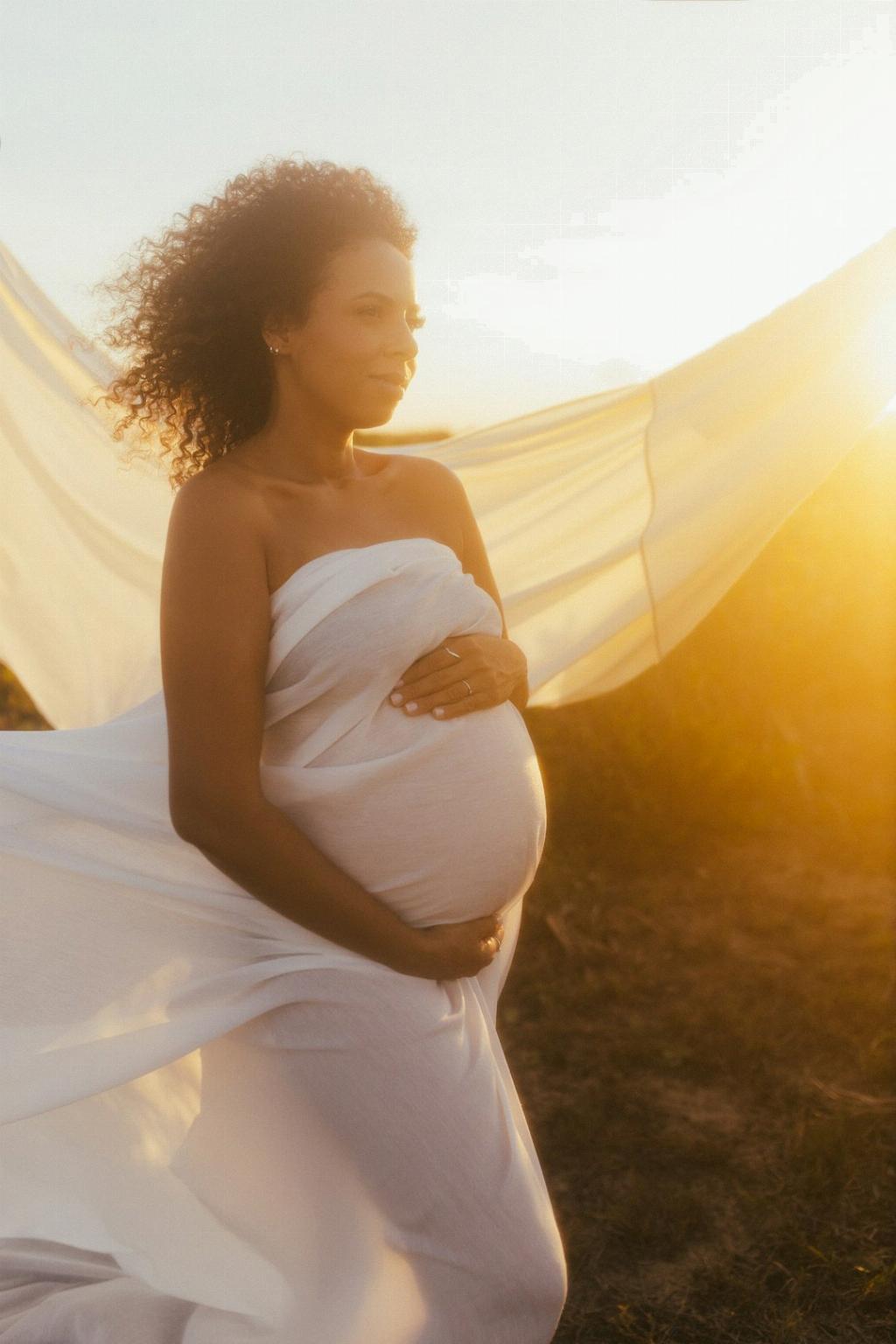An empty sac pregnancy, also known as a blighted ovum or anembryonic pregnancy, can be a challenging and emotionally taxing experience for women. It occurs when a fertilized egg implants in the uterus but fails to develop into an embryo. In such cases, only the gestational sac is present without a viable fetus.
Recognizing the Signs
One of the primary indications of an empty sac pregnancy is a lack of fetal development during an ultrasound examination. The gestational sac may be visible, but there is no embryo or fetal pole present within it. This absence can be a distressing revelation for expectant parents hoping for a healthy pregnancy.
Duration of an Empty Sac Pregnancy
On average, an empty sac pregnancy can last between 7 to 12 weeks before a natural miscarriage occurs. During this time, the body typically recognizes the lack of fetal development and initiates the process of expelling the uterine contents. This can result in symptoms such as bleeding and cramping.
Emotional Impact
Coping with the duration of an empty sac pregnancy can be emotionally draining for individuals involved. The anticipation of a new life followed by the realization of its absence can lead to feelings of grief, confusion, and frustration. Seeking emotional support from loved ones or a healthcare provider is crucial during this challenging time.
Natural Miscarriage Process
The duration of an empty sac pregnancy culminates in a natural miscarriage, where the body expels the non-viable pregnancy tissue. This process can vary in intensity and duration for each individual, ranging from mild cramping and spotting to more pronounced bleeding and discomfort.
Medical Intervention
In some cases, medical intervention may be necessary to manage the completion of a miscarriage in an empty sac pregnancy. This can involve procedures such as a dilation and curettage (D&C) to remove any remaining pregnancy tissue from the uterus, ensuring the completion of the miscarriage process.
Recovery and Healing
Following the duration of an empty sac pregnancy and the subsequent miscarriage, it is important for individuals to prioritize self-care and healing. This includes allowing time for emotional processing, physical recovery, and seeking support from healthcare professionals or counseling services if needed.
Future Pregnancy Considerations
Individuals who have experienced an empty sac pregnancy may have concerns or fears about future pregnancies. It is essential to discuss these apprehensions with a healthcare provider who can provide guidance, support, and reassurance regarding future conception and pregnancy planning.
Seeking Support
During the duration of an empty sac pregnancy and the subsequent miscarriage, it is vital to have a strong support system in place. This can include family members, friends, support groups, or mental health professionals who can offer understanding, empathy, and assistance during a challenging time.
Remembering Your Experience
Although the duration of an empty sac pregnancy can be a difficult and heartbreaking experience, it is essential to honor your feelings, memories, and journey. Each individual’s experience is unique, valid, and deserving of acknowledgment and respect.
Conclusion
In conclusion, the duration of an empty sac pregnancy can last between 7 to 12 weeks before a natural miscarriage occurs. This challenging experience requires emotional support, self-care, and understanding as individuals navigate the complexities of loss, recovery, and healing. Remember that you are not alone, and seeking help and support is a crucial step towards emotional well-being and resilience.

